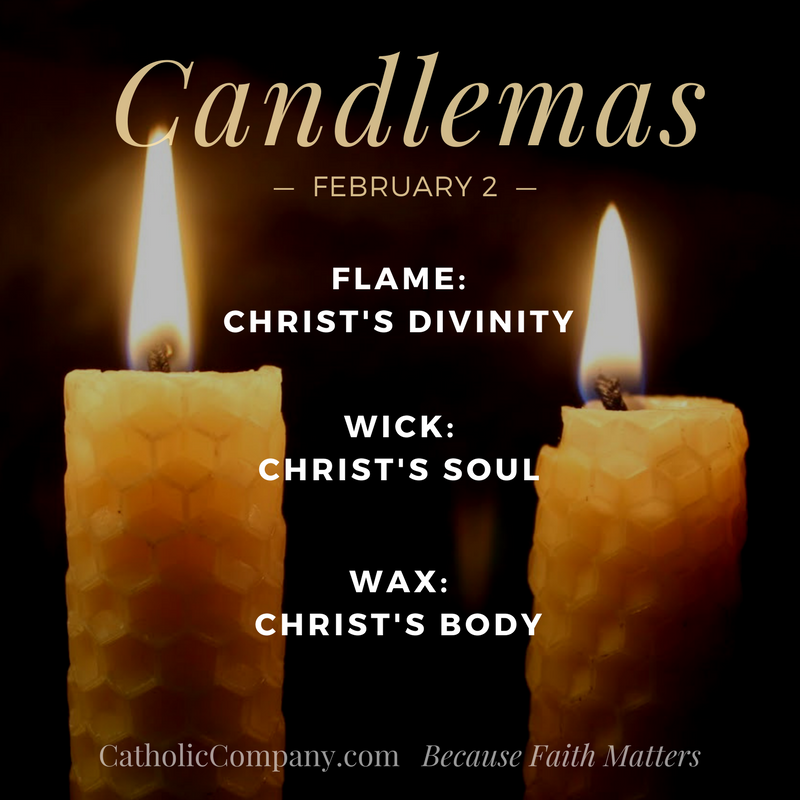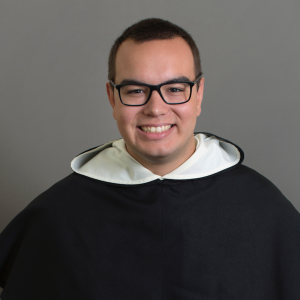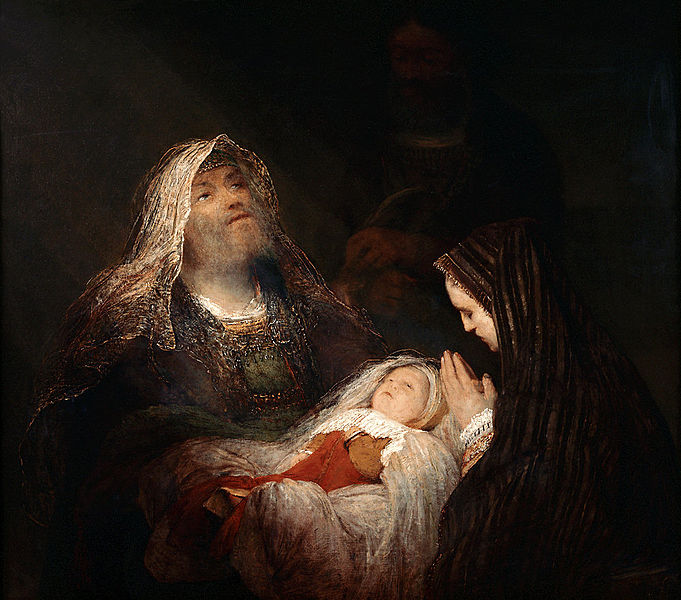
-by Frederick George Holwick, Frederick George Holweck (1856–1927) was a German-American Roman Catholic parish priest and scholar, hagiographer and church historian.
“Today, February 2, Catholics mark the presentation of Christ in the temple. But not all Catholics are aware of the cultural origins of this feast.
According to the Mosaic law, a mother such as Mary who had given birth to a male child was considered unclean for seven days; moreover, she was to remain “in the blood of her purification”—i.e., outside the temple—for thirty-three days more. If the woman had borne a daughter, the time that she was excluded from the sanctuary was doubled.
When the time (forty or eighty days) was over, the mother was to “bring to the temple a lamb for a holocaust and a young pigeon or turtle dove for sin”; if she was not able to offer a lamb, she was to take two turtle doves or two pigeons; the priest prayed for her and so she was cleansed (see Leviticus 12:2-8).
Forty days after the birth of Christ, Mary complied with this precept of the law. She redeemed her first-born from the temple and was purified by the prayer of Simeon the just in the presence of Anna the prophetess (see Luke 2:22).
Early celebrations
No doubt this event, the first solemn introduction of Christ into the house of God, was celebrated in the early Church in Jerusalem. We find it attested to in the first half of the fourth century by the pilgrim of Bordeaux, Egeria or Silvia. The day—February 14—was solemnly kept by a procession to the Constantinian basilica of the Resurrection and and Mass that included a homily on Luke 2:22.
At that time, the feast had no proper name; it was simply called the fortieth day after Epiphany. This latter circumstance shows that, in Jerusalem, Epiphany was when the feast of Christ’s birth was celebrated. From Jerusalem the feast of the fortieth day spread over the entire Church and later was kept on February 2, since within the last twenty-five years of the fourth century the Roman feast of Christ’s nativity (December 25) was introduced.
The feast appears in the Gelasianum (manuscript tradition of the seventh century) under the title of Purification of the Blessed Virgin Mary, but the procession is not mentioned. Pope Sergius I (A.D. 687-701) introduced a procession for this day. The Gregorianum (tradition of the eighth century) does not speak of this procession, which fact shows that the procession of Sergius was the ordinary “station,” not the liturgical act of today.
The feast spread slowly in the West; it is not found in the Lectionary of Silos (A.D. 650) nor in the Calendar (A.D. 731-741) of Sainte-Genevieve of Paris. In the East it was celebrated as a feast of the Lord; in the West as a feast of Mary, although the Invitatorium (“Gaude et laetare, Jerusalem, occurrens Deo tuo”—”Rejoice and be glad, O Jerusalem, to meet thy God“), the antiphons, and responsories remind us of its original conception as a feast of the Lord.
The blessing of the candles did not enter into common use before the eleventh century. In the Middle Ages it had an octave in the larger number of dioceses; also today the religious orders whose special object is the veneration of the Mother of God (Carmelites, Servites) and many dioceses (Loreto, the Province of Siena, etc.) celebrate the octave.
The blessing of candles
According to the Roman Missal, the celebrant, in stole and cope of purple, standing at the epistle side of the altar, blesses the candles (which traditionally were of beeswax). Having sung or recited the five orations prescribed, he sprinkles and incenses the candles. Then he distributes them to the clergy and laity while the choir sings the canticle of Simeon, Nunc dimittis. The antiphon “Lumen ad revelationem gentium et gloriam plebis tuae Israel” (“A light to the revelation of the Gentiles and the glory of thy people Israel”) is repeated after every verse, according to the medieval custom of singing the antiphons.
During the procession that follows, participants carry lighted candles and the choir sings the antiphon “Adorna thalamum tuum, Sion” (“Adorn the bridal chamber, O Zion”) composed by St. John of Damascus, one of the few pieces for which the words and music have been borrowed by the Roman Church from the Greeks. The other antiphons are of Roman origin.
The solemn procession represents the entry of Christ, who is the light of the world, into the Temple of Jerusalem. The procession is always kept on February 2, even when the office and Mass of the feast is transferred to February 3.
Before the reform of the Latin liturgy by St. Pius V (1568), in the churches north and west of the Alps, this ceremony was more solemn. After the fifth oration a preface was sung. The “Adorna” was preceded by the antiphon “Ave Maria.”
While today such processions are held inside the church, during the Middle Ages the clergy left the church and visited the cemetery surrounding it. Upon the return of the procession, a priest, carrying an image of the Holy Child, met it at the door and entered the church with the clergy, who sang the canticle of Zachary, “Benedictus Dominus Deus Israel” (“Blessed be the Lord God of Israel”).
At the conclusion, entering the sanctuary, the choir sang the responsory “Gaude Maria Virgo” or the prose “Inviolata” or some other antiphon in honor of the Blessed Virgin.”

France, Belgium and Swiss Romandy
On the feast known as the “Chandeleur” in French-speaking countries, many Catholics will enjoy eating pancakes, or “crepes” today. This stems from the 5th-century Pope Gelasius I who had pancakes given to pilgrims visiting Rome. Some believe the tradition goes back further to the Vestal Virgins, who offered up cakes during the pre-Christian Roman feast of Lupercalia.

Tenerife
On this island off the Spanish coast locals celebrate the feast of The Virgin of Candelaria, or “La Morenita”. The city of Candelaria is the main site of celebrations, where locals venerate the Virgin as the Black Madonna.

Luxembourg
This small European country focuses on children during “Liichtmëssdag.” Youngsters will gather together with lanterns and go from door to door singing, with sweets or coins given for their musical efforts.

Philippines
In Silang, in the province of Cavite, the Virgin of Calendaria’s feast day is also celebrated at Candlemas. It is celebrated over a triduum, or three-day religious observance, with the feast day falling on February 2.

Peru
The patron saint of the city of Puno is the Virgin of the Candelaria. To honor her, the city holds a huge festival for a whole fortnight including the country’s different cultures. Thousands of musicians and dancers come together every year in what is the country’s largest festival.
Love,
Matthew






